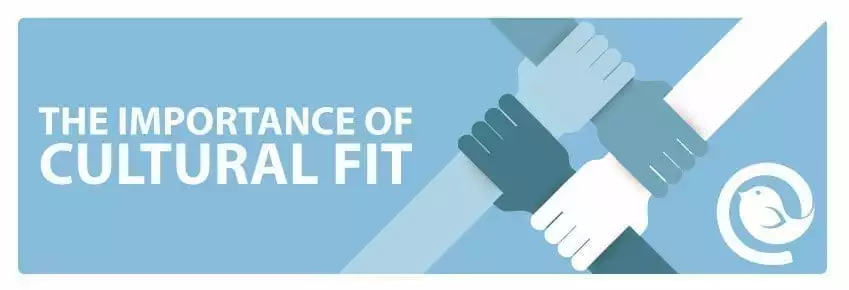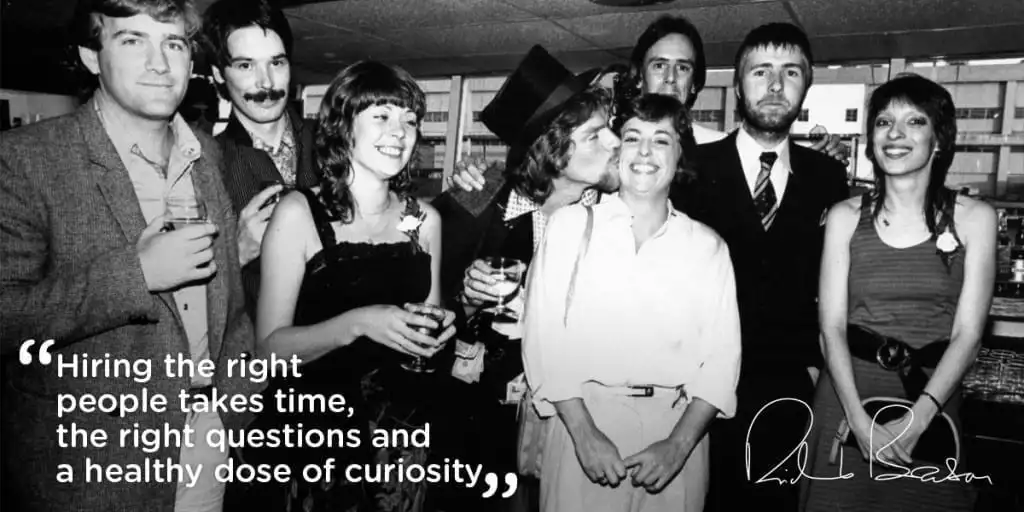Remote Work: The Cultural Fit Challenge

Why is cultural fit so important for companies starting up?
Well for one, these are people that you'll be spending more time with than you ever have with family and friends. When you are still early stages of building your company, you have to like these people whether you are working with them side by side or from opposite hemispheres. You have to trust them, you should have an inkling of shared interests and a level of respect that encourages collaboration and productivity. Let's look at the challenges of finding the right cultural fit for distributed teams and how to overcome them.Challenges:
- They don't work as hard as the rest of your team.
- They don't really get along with other team members.
- Other team members complain about them a lot.

No problem-O!
This is something that I don't take lightly when it comes to finding the great people that just click with Mailbird. It starts on the first interaction you have with the person, whether it be an intro from someone or an email or application cover letter. If they pass that initial screening, then we proceed to the next step, and then the next. The true test is once they start working during the probationary period, when they start communicating with the rest of the team, with individuals on the team and with me.
